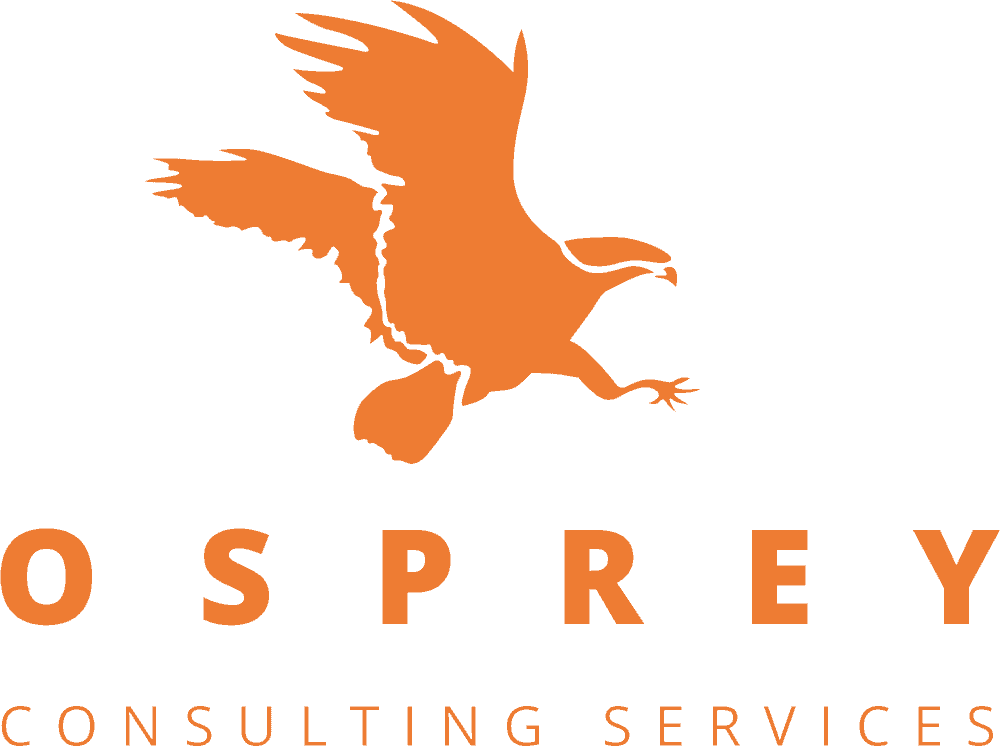Aviation Context
As is the case in most industries, the aviation industry operates within a highly regulated environment due to safety concerns and the critical nature of air transportation. However, there is a growing need to integrate and foster innovation and emerging technologies to enhance efficiency, reduce environmental impact, and improve the passenger experience. The challenge lies in striking a balance between promoting innovation and ensuring safety and regulatory compliance. The introduction of innovative technologies such a pilot-controlled lighting, or the use of digital air traffic control towers may require modifications to existing regulations, certification processes and operational procedures. Whilst these technologies can revolutionise how air travel operates, it will still be important to balance the pace of technological advancements with the need for adequate oversight in what poses to be a complex challenge. How can the aviation industry enable innovation and effectively integrate emerging technologies whilst maintaining safety, regulatory compliance, and operational efficiency? Some of the strategies that can be used to meet this complex challenge include, regulatory sandboxes, risk-based approaches, continuous dialogue, and a proactive regulatory approach which address the challenge of enabling innovation and emerging technologies in the aviation environment.
Regulatory Sandboxes
The creation of regulatory sandboxes or pilot programs allow emerging technologies to be tested and evaluated in a controlled environment, allowing for real-world experimentation while still ensuring safety and regulatory oversight.
Imagine a sandbox where children play and experiment with different toys and tools. Well, a regulatory sandbox is similar, but instead of toys, it is a safe space for businesses and developers to test and try out new ideas and innovations in a controlled environment. A regulatory sandbox is a special program or framework created by governments or regulatory authorities to allow businesses to test their innovative ideas, products, or services without immediately having to comply with all the usual rules and regulations. It’s like giving them a temporary “waiver” from some of the strict requirements to see if their ideas actually work and if they benefit customers.
This cultivates an environment of experimentation and learning, and it enables the developers to refine their offerings and identify potential challenges or improvements. One key benefit in using a sandbox is that they can be key to building trust and confidence. Trust and confidence can be built in emerging technologies by demonstrating their safety, reliability, and compliance with regulations. Successful sandbox participants can showcase their innovations and gain credibility in the market, encouraging wider adaptation and investment in their technologies.
These sandboxes often encourage collaboration between regulatory authorities, industry experts and innovators. This much needed collaboration helps to provide guidance, expertise, and feedback to innovators.
Here at Osprey, we have worked on many projects where we have helped our clients navigate the regulatory landscape effectively. This ensures that the regulatory process is aligned with technological advancements and identifies areas for improvement or clarification.
Risk-Based Approaches
If companies and industry experts adopt a risk-based approach to regulation, and focus resources on areas where risk is deemed to be higher, this then enables regulators to allocate resources effectively, concentrating on critical safety concerns while providing flexibility for lower-risk innovations.
A risk-based approach allows regulators to allocate resources based on the level of risk associated with different technologies or operations and therefore ensure that regulatory oversight is focussed on higher risk areas, whilst low-risk innovation can proceed with a reduced regulatory burden. This efficient allocation of resources enables regulators to prioritise safety without impeding the progress of low-risk innovation.
For regulation to align with emerging technologies, it is important that the regulators remain flexible. This allows for novel and innovative solutions, and instead of rigid prescriptive rules, performance-based standards can be implemented, which define desired outcomes without prescribing specific methods. This flexibility also encourages innovators to explore novel approaches and technologies that can improve efficiency, sustainability, and the passenger experience.
Finally, a risk-based approach helps to foster an iterative learning process where feedback from real-world operations and experiences feeds back to regulatory decision making. Osprey has a wide range of experience in facilitating workshops to gather stakeholder feedback, and this feedback has been used to drive useful change within the aviation industry. This iterative process allows regulators to continually refine regulations and standards, promoting ongoing innovation and safety improvements.
Continuous Dialogue
Continuous dialogue in aviation plays a crucial role in improving innovation by fostering collaboration, knowledge sharing, and addressing challenges collectively.
These open communication channels ensure that regulatory requirements keep pace with technological advancements. There are many historical examples with some emerging technologies where regulation was one step behind the actual implementation of that technology. By using continuous dialogue, this provides a platform for stakeholders to discuss emerging technologies, market trends, and industry challenges. Through valuable discussions and brainstorming sessions, participants can identify opportunities for innovation and collectively address challenges that may hinder progress.
This collaborative problem-solving approach encourages the development of innovative solutions. To ensure that any emerging technology does not take regulators by surprise in the future, continuous dialogue also enables regulators to stay informed about the latest technological advancements, industry trends, and stakeholder perspectives. By actively engaging with stakeholders, regulators can better understand the implications of emerging technologies and adapt regulations accordingly. Such engagement ensures that regulatory frameworks are up-to-date and facilitate the integration of innovative technologies in a timely manner.
To be truly innovative means to think outside of the box and take risks. Continuous dialogue creates an environment that encourages risk-taking and experimentation. When stakeholders feel comfortable sharing their ideas, challenges, and even failures, by default it fosters a culture of innovation. The open exchange of information and experiences allows for the exploration of unconventional ideas and encourages the pursuit of innovative solutions.
Proactive Regulatory Approach
A proactive regulatory approach in aviation helps improve innovation by creating an environment that fosters the integration of innovative technologies while ensuring safety, compliance, and efficiency.
Facilitating the integration of emerging technologies and ensuring early engagement between regulators and technology developers, allows regulators to understand emerging technologies and their potential impact on the industry. By engaging with innovators from the initial stages of development, regulators can provide guidance, clarify regulatory requirements, and address potential challenges whilst facilitating the innovation process.
Osprey has long been a conduit between emerging technologies such as commercial space travel and the regulatory organisations and is able to communicate its customers ideas and challenges effectively on their behalf. Our involvement ensures our clients get to concentrate on what they do best….innovation.
Finally, a proactive regulatory approach helps build industry confidence in the regulatory process. By engaging stakeholders, providing clarity, and offering support, regulators can demonstrate their commitment to facilitating innovation while maintaining safety and compliance. This approach fosters a positive environment where industry players have confidence in the regulatory framework, leading to increased investment, adoption, and advancement of innovative technologies.
Final Word
Regulatory sandboxes, risk-based approaches, continuous dialogue, and a proactive regulatory approach are essential for improving innovation in the aviation industry. They provide controlled testing environments, efficient resource allocation, knowledge sharing, and early engagement, all of which foster experimentation, collaboration, and a culture of innovation. By integrating these approaches, the aviation industry can create an ecosystem that supports the development and adoption of emerging technologies while ensuring safety, compliance, and operational efficiency.

